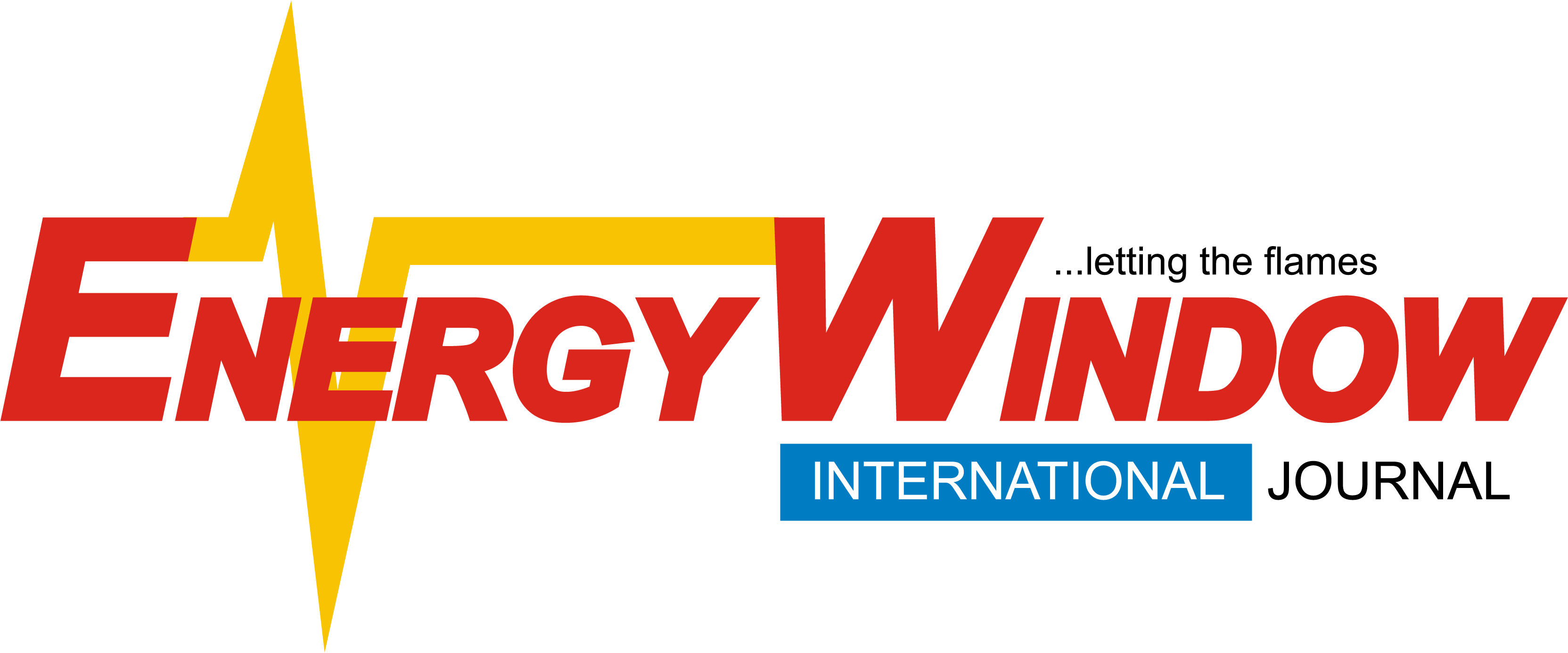Enverus Intelligence Research (EIR), a subsidiary of Enverus, has released a report that assesses global energy transition strategies and examining how political and economic policies support advancements.
Key themes in the report include how the U.S. has used the Inflation Reduction Act (IRA) for investment security and capital diversity, Europe’s pursuit of energy security via hydrogen despite bureaucratic hurdles, and China’s dominance in global energy supply chains.
Additionally, the report covers the Middle East’s investment in new energy backed by fossil fuel revenues and region-specific approaches in sub-Saharan Africa, South America and Indonesia, to highlight diverse strategies tailored to local socio-economic and geographical contexts.
“The current global energy transition is like a two-headed snake, caught between idealism and pragmatism,” said Donald Campbell, Global Scout – Global Manager for Energy Transition at Enverus and contributor to the report.
“Energy policies in Sub-Saharan Africa, South America and Indonesia highlight this tension as they strive to align local socio-economic and geographical realities with ambitious energy goals.”
“China is winning energy. The nation leads the world in solar capacity adds, nuclear builds, electric vehicle sales, solar manufacturing capacity and infrastructure construction lead times,” added Carson Kearl, an EIR analyst and report co-author.
“Africa, South America and other Asian nations may no longer look to the West as a primary energy partner if this trend continues unabated.”
Key takeaways from the report:
- The IRA offers strong investment security and capital diversity, with the U.S. domestic market supporting low-carbon fuels and LNG projects.
- Europe’s incentives are hampered by bureaucracy, slowing hydrogen project development. Europe seeks energy security by collaborating with the U.S. and Middle East for hydrogen.
- China dominates global supply chains in energy components but struggles to attract foreign investment due to governmental and geopolitical risks.

